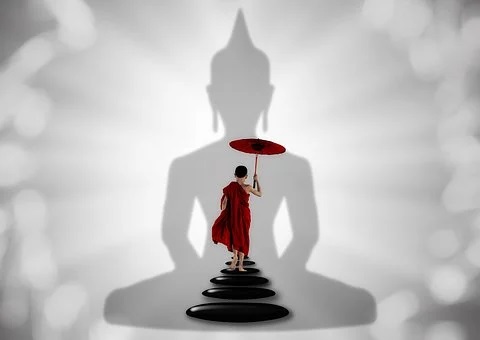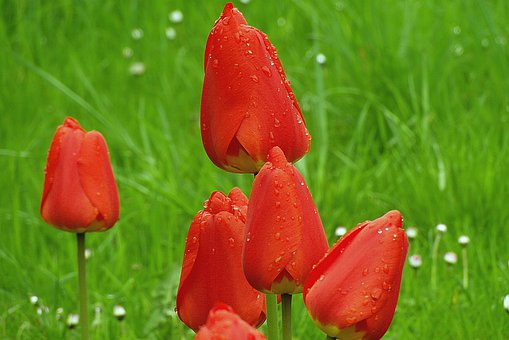In this modern age, nearly everyone is under a great deal of pressure, in particular many entrepreneurs. It has become increasingly apparent and obvious there are a lot of problems of a spiritual nature which cannot be resolved by material means. Many rich people have discovered wealth is not the answer to everything. In the past, it was assumed wealth would lead to happiness; contrary to expectation, it has actually had a substantial negative impact.
~Depicted from ARE YOU READY FOR HAPPINESS - The Significance of Buddhist Philosophy Today











